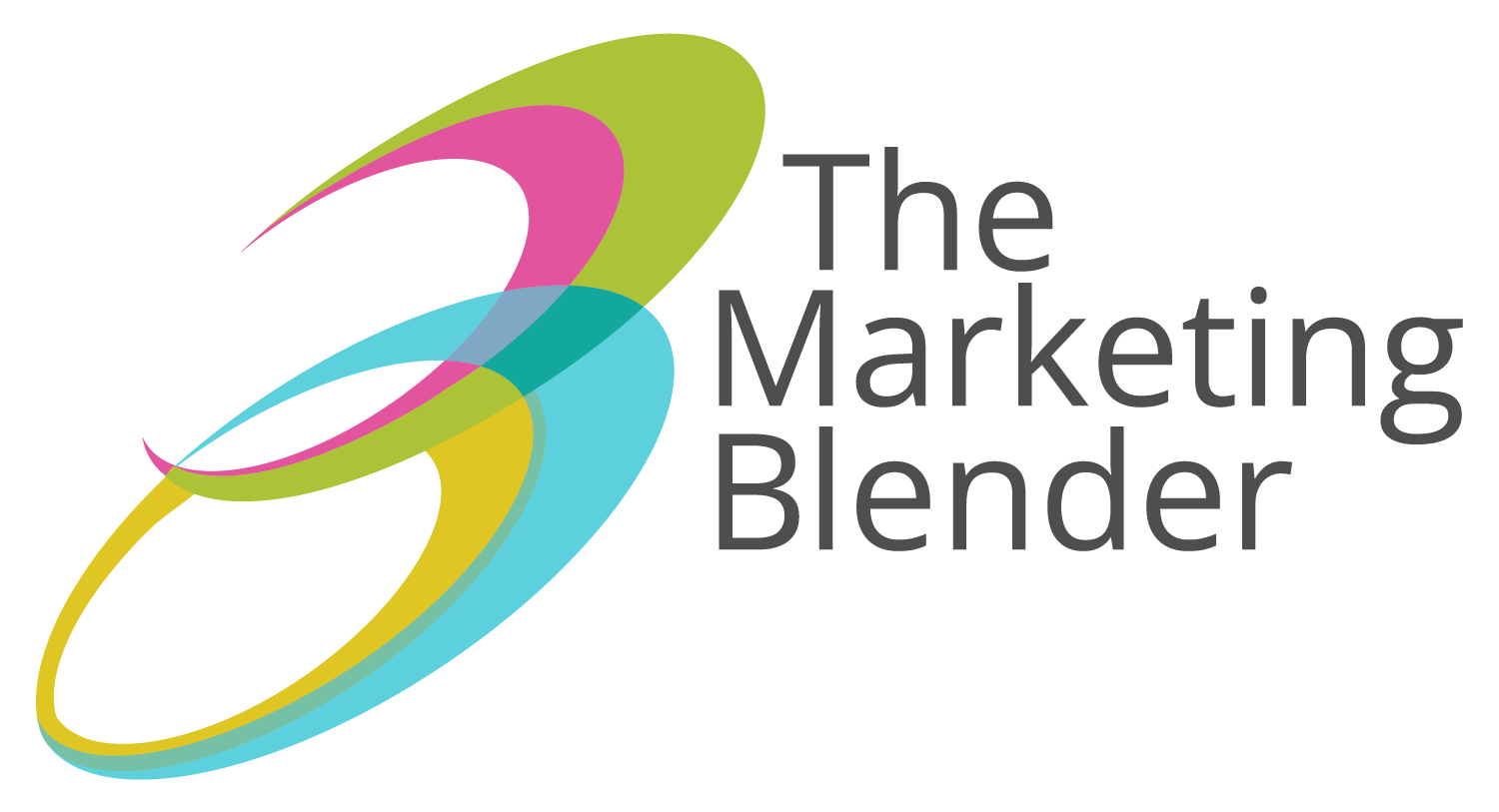Your marketing should support several key phases of the B2B sales process. After years of helping B2B clients align their marketing and sales efforts, we’ve seen firsthand the traits that make sales teams more effective. While the exact stages and steps of a successful sales process will be unique to each company in different industries, there are several phases that every company must consider to drive growth.

What are the phases of the B2B sales process?
The seven most powerful phases in business-to-business sales cycle include:
- Preparation and education (for both the buyer and seller)
- Prospecting
- Needs assessment
- Building trust and proving capabilities
- Objection handling
- Closing
- Follow up
Let’s break down each of these phases and describe why they’re important and what’s involved.
1. Preparation and education (for both the buyer and seller)
Being an expert on your product or service is a given. Having a deep understanding of your prospect’s business is also a hallmark of seasoned sales teams. However, where too many sales professionals miss the mark is having a big picture view of where their industry is heading and connecting those trends to the challenges and concerns of their prospect. You must not only educate yourself, you need to be prepared to educate your prospect as well. Get them to see their situation differently by empathizing and mirroring their pain, then you can compellingly sell the solution.
2. Prospecting
Finding new leads is the lifeblood of any B2B sales pipeline. To maximize your efforts across industry events, online research, social media, inbound marketing, referrals and your CRM database, you must begin with a clear picture of your buyer personas.
3. Needs assessment
Once a new lead is acquired, you need well-defined criteria for qualifying each lead and moving them through each stage of your sales cycle. Often achieved during a discovery call, the objective is to determine if they are a good fit for business. However, it is also vital to probe deeper to assess their true needs and uncover any assumptions or doubts that may otherwise go unspoken. The ultimate goal is to understand the prospect’s challenges, pain points, business goals and career path. These insights are key to positioning your product or service as the best solution.
4.Building trust and proving capabilities
If your pitch is focused on reciting all the wonderful features you provide, you’re missing a huge opportunity to connect with your prospect and convey your true value. Your presentation should be customized to address their unique pain points and concerns. By linking the features and benefits that your current customers love to the deep wants and needs of your prospect, you can begin to position yourself as a trusted advisor instead of just another salesman. With a servant-leadership mindset, you can share a compelling case for how your company is uniquely prepared to help them achieve their goals.
5. Objection handling
The number may vary, but this rule of thumb holds true: you have to hear a lot of nos to get a yes. Even if a prospect is genuinely intrigued, there may be valid reasons for them to be reluctant. Concern about price and fear of change are two reasons our clients often encounter. Remember, in sales, no one wins an argument. So, instead of flat out disagreeing with an objection, start with empathy. Restate their concern and then reframe it. (This is where understanding broader industry trends can help you.) Always consider their perspective while you highlight the cost and risk of not buying.
6. Closing
Your hard work turns into revenue when your prospect becomes a customer. No matter what your company’s process is, there are plenty of details to finalize before a contract is signed. From delivering a proposal to getting the buy-in of all the decision-makers to negotiating, your goal is to reach a mutually beneficial agreement. Make your soon-to-be new customer feel heard and valued.
7. Follow up
The sale doesn’t end when a contract is signed, because repeat business, up-selling and referrals are crucial to healthy growth. Nurturing your customer relationships doesn’t mean doing just anything to keep the customer happy; it’s an opportunity to act as a true partner and help both of your businesses succeed.
For tips on how the best B2B marketing strategy can support your sales cycle and drive growth, check out our “Winning B2B Strategies” workbook.
Blender is a full-service B2B marketing agency focused on accelerating growth for clients in manufacturing, healthcare, software and professional services. If you have any questions, we’re here to help.
Interested in FREE advice that will help you propel your sales? Join Blender’s Blog today!



